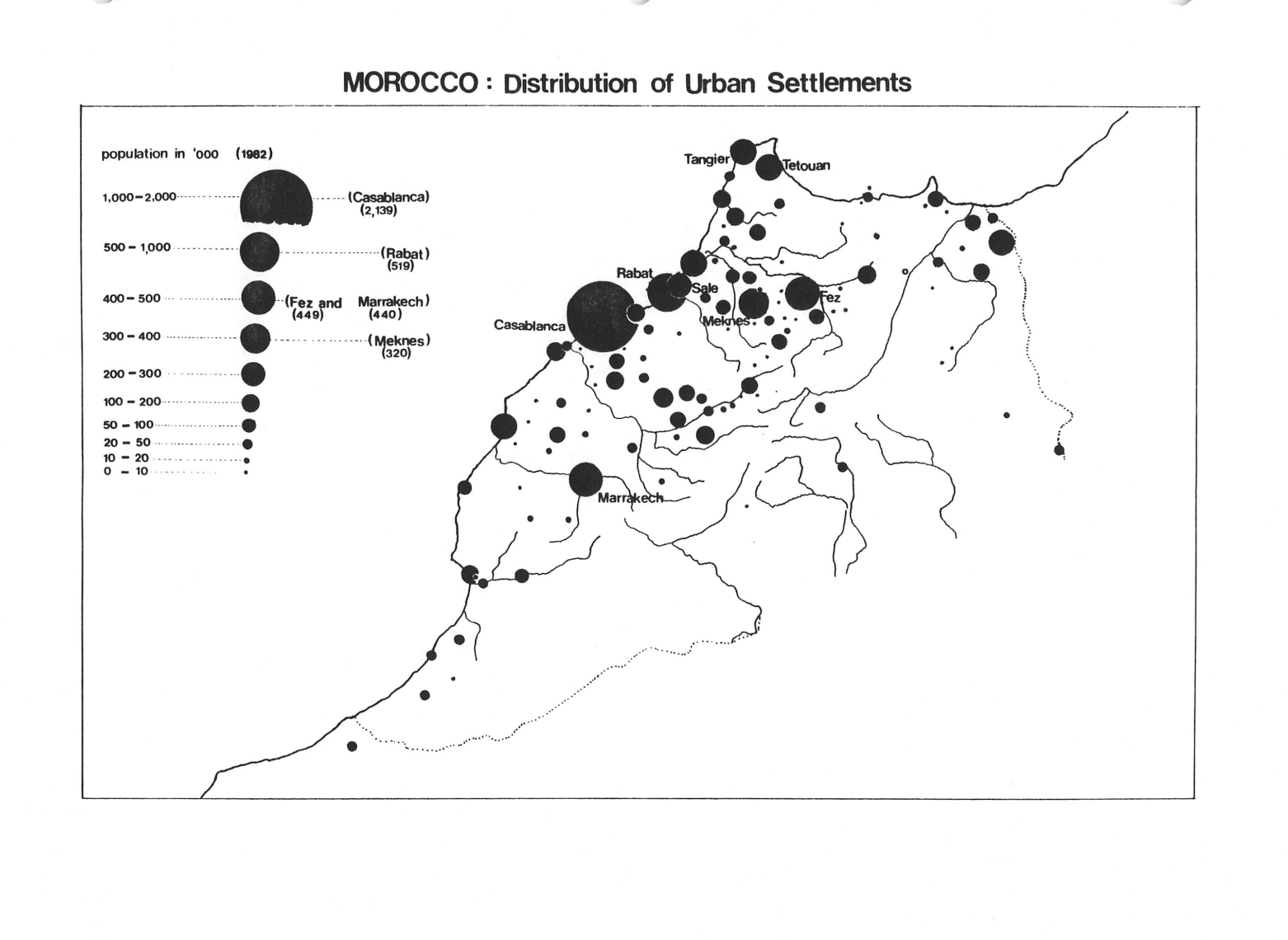Abstract
In 1990, the Unit for Housing and Urbanization undertook a project, “Sustainable Improvement Strategies for Lower Income Urban Communities,” focusing on upgrading strategies for low-income neighborhoods in Amman and Aqaba (Jordan), Cairo (Egypt), and Karachi (Pakistan).
The project was in collaboration with the Housing and Urban Development Corporation (HUDC) in Jordan and the Department of Community Health at the Aga Khan University in Karachi. Co-funded by the Ford Foundation and UNICEF, the study assessed projects in Jordan and Egypt that demonstrated successful approaches to improving environmental quality in urban neighborhoods.
The assessments focused on determining the potential for empowering lower income households to improve their economic conditions and living environments through the provision of appropriate infrastructure services. In Karachi, the Unit funded a survey of low-income communities (see “Issues Checklist”).
Documents include an Overall Summary of the study components, and a Working Paper on “Sustainability of Public Spaces” prepared by Howard Trett for the Unit in December 1990. Following are three Full Reports by region: “Sustainable Improvements for Low-Income Communities” — with a Pakistan Component, an East Wahdat and Jofeh Amman, Jordan Component, and Amman, Cairo, and Karachi Components.
Supporting documents are an outline of the Research Agenda, a quality of life “Issues Checklist for the Reassessment of Common Spaces,” and a Background Report on HUDC Municipal and NGO Support Options for urban development assistance to the studied regions.
Excerpt
[Excerpt: “Summary of Overall Study Components,” p. 1-2]
PROBLEM DEFINITION
“The World Health Organization estimates that 5 million deaths and 2 to 3 million cases of permanent disability are caused yearly by contaminated water, poor sanitation, air pollution and overcrowding. The cumulative impact of these conditions is the most severe for children in low income urban neighborhoods. It is estimated that a child born in a squatter settlement is 40—to-50 times more likely to die before the age of five than a child in an industrialized country. According to the UN, efforts to alleviate these conditions through conventional upgrading and sites-and-services projects, has reached only ten percent of the urban poor. This investment has been concentrated in 150 projects which sought to achieve replicability through lower standards and higher levels of cost recovery.”
“These projects, which necessitate central government subsidies in one form or another, are increasingly becoming unaffordable to nations burdened by heavy foreign debts at a time when decentralization policies are shifting the responsibility of providing services to local governments.”
“Municipalities in developing countries are attempting to cope with their new obligations by redefining their land development strategies, reorganizing their institutional structures and finding new methods of generating the financial resources necessary to provide and maintain urban services.”
…
“The ability of local government to respond to needs, and the effectiveness of the responses are linked to the capability to formulate and implement affordable improvement strategies which are also sustainable without a continuous infusion of public resources.”
PROJECT GOAL
“The research project seeks to identify, define and test strategies and methods to enable government authorities with private sector participation, to develop sustainable approaches to upgrading and maintaining urban environments in limited income communities. Special emphasis will be placed on defining strategies which have beneficial impacts on the quality of life for children and youths.”
PROJECT OBJECTIVES
– “Identify and select pragmatic approaches to sustaining environmental quality in low-income urban neighborhoods with particular emphasis on the needs of children and youths.
– Identify, select and define appropriate monitoring and evaluation criteria to appraise prevailing levels of urban environmental quality including health and sanitary conditions.
– Develop guidelines for sustainable improvement programs to be implemented by public authorities and non-government organizations.
– Train public officials and members of community organizations in assessment techniques and implementation of action programs for improving and maintaining environmental quality.”
See related I2UD projects below
Related I2UD Projects
Related I2UD Photograph Galleries



